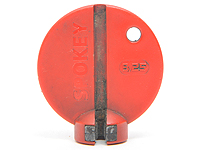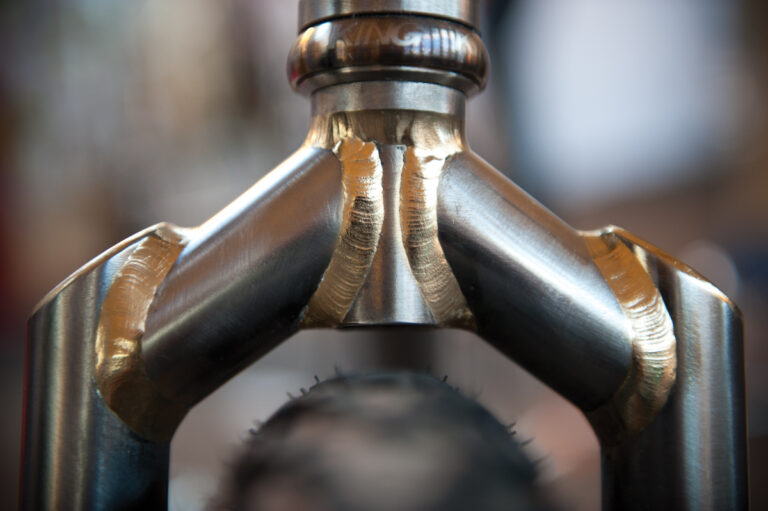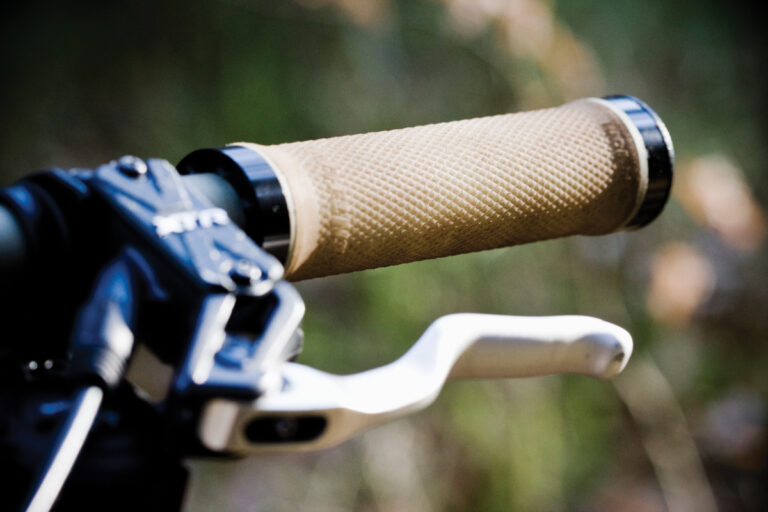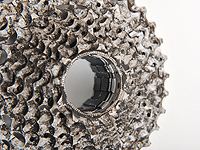
Lengths available:
190×51/200×51/200×57/216×63/222×66. Shim stacks: Three tunes for compression, low, medium, high. Three tunes for rebound, low, medium, high.
Outline the component differences between light/medium/high rebound.Thickness, diameter, and number of the shims.
What are the component differences between light/medium/high compression?Same again. A normal can is needed for bikes with a falling rate rear suspension ratio. A high volume can is needed for bikes with linear or rising rate. The air can size is very important. Too small and you won’t reach your travel, too large and you are flying through the travel. This is usually the first thing you set up when you get a bike to test shocks on.
What makes this shock smoother than stock?A number of finishing touches will.
THE MANUFACTURES Dirt: With who do you feel the responsibility lies to get it right? The rider/the tuner/designer/product manager? 5K bikes for example should surely be ‘tailor made’?Torben: The responsibility is in the hands of the product manager of the bike brand. It’s his bike and he gets to choose the right componentry.
Why at Sram test days do I get a better feeling from the shocks compared to those that reach me via a bike brought in for test though?Look at the big number of different bike models out there. It still is a challenge to work on every model and the available time you have between model changes can be short, so a product manager of a bike brand might not be in the position to choose the perfect tune. We do our best to change that and help as much as we can.
Some bikes, no matter how much damper changes you make, it is still a shit bike right?For sure there are some challenging leverage ratio curves, but I have not been at the point where we had to give up. Of course some designs are better than others.
How many companies actually go through the process of trying different tunes?Lots, and the number is increasing fast.
Some companies have riders who test many shocks for their bikes before the final spec. Is it simply a balance between the theory, the test riders then and the product manager’s opinion of what tune would suit the rider who will own that bike?This is correct and this is most difficult part of the job. We love riding bikes and we all have our own style and position. The challenge is to find the  perfect set–up for the bike, its intended use and the rider who will own it. Making this connection is sometimes difficult. You have to test with pro–level riders, frame designers and ideally with ‘average Joe’ to find the right balance between the extremes.
perfect set–up for the bike, its intended use and the rider who will own it. Making this connection is sometimes difficult. You have to test with pro–level riders, frame designers and ideally with ‘average Joe’ to find the right balance between the extremes.
Customizing through our channels is a bit of a challenge due to the way our organization is set up. The in–house suspension department is flat–out busy with the OEM work and we simply don’t have the infrastructure to offer individual tuning for the consumer. This is where our partners and distributors come into play.
That last question was hinting at the fact that there are companies that claim to offer improved performance over standard Monarch or other stock dampers. I believe that even a standard shock properly prepped offers sufficiently solid performance for most of us muppets. Considering the talk that goes on about shocks it’s pretty simple really, there might well be differences between companies with tunes, but our stock L/M ‘with finishing touches’ was perfectly good. In fact it was more than that. Obviously we are in a privileged position to be able to try out so many shocks and lucky that with the Lapierre bikes the product managers know their tins and linkages. I guess the message here is get some good advice, the good thing with the many of today’s fully adjustable units is that they allow for experimenting.




